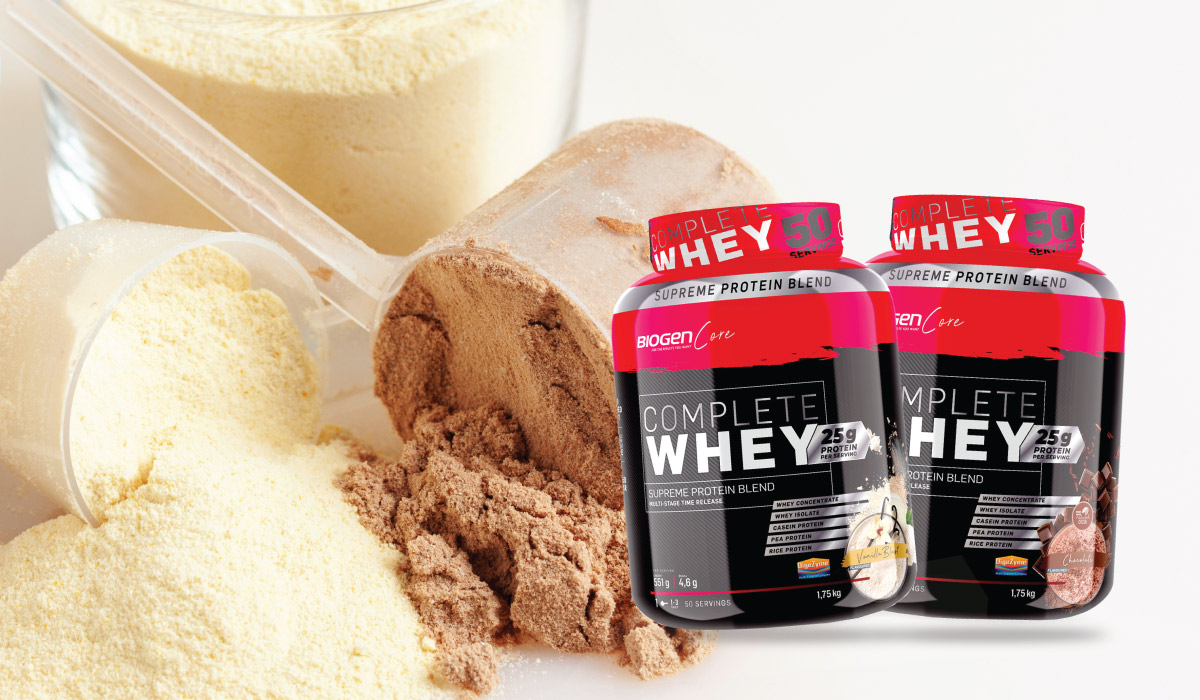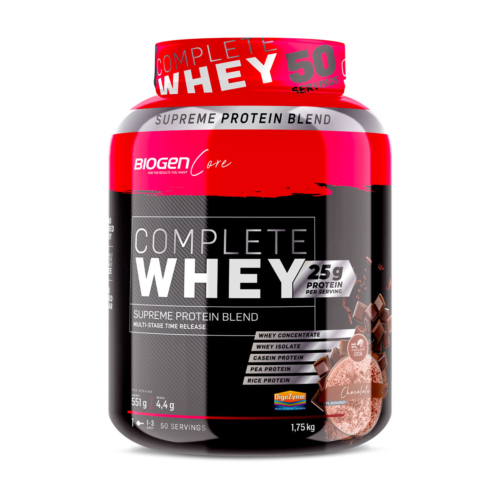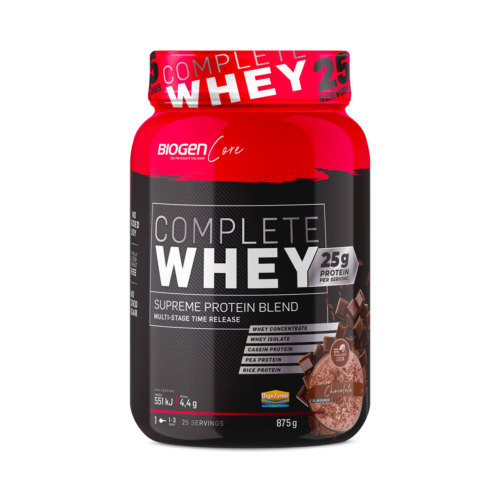
The latest trend within this dynamic industry sector is the multi-source protein blend!
Protein supplements are a popular product category, which drives on-going innovation in formulations and flavours.
The traditional protein blend
While blending multiple protein sources is not a new concept, many supplement manufacturers typically mixed different wheys to create a product that delivers a more sustained amino acid release profile.
These blends typically contain a combination of two or more whey protein sources such as whey isolate, concentrate and/or hydrolysate. Dairy-derived protein blends might also include micellar casein and/or milk protein isolate for a combination of fast, medium and slower release protein sources.
The shifting protein blend trend
And as the popularity of plant-based protein increased, supplement manufacturers also started to combine complementary plant-based proteins to deliver a complete amino acid profile from a single product.
Then the multi-source blend started to hit supplement store shelves. However, these products, which combined animal and plant-derived proteins, were typically a speciality product line.
But these formulations have now hit the mainstream as various market factors drive this positive industry shift.
The multi-source protein blend is the new normal
Modern multi-source blends generally combine animal and plant protein sources to deliver a truly blended product.
The most common combination is whey, soy, and casein, which provides a prolonged release of amino acids to support muscle recovery after exercise due to the differing digestion rates of these different protein sources.
These proteins all have different characteristics and the body digests and absorbs them at different rates.
For example, whey protein is a fast-release protein because it is rapidly metabolised and absorbed. Soy protein delivers an intermediate release of amino acids, while casein digests more slowly than both whey and soy.
These three protein sources deliver maintain amino acid blood concentrations over a prolonged period – up to five hours. This ensures that muscles receive a sustained supply of amino acids, which prolongs the muscle-building benefit to support tissue repair and recovery.
Added muscle-building benefits
Blends also offer a more comprehensive amino acid profile, providing all the BCAAs and EAAs found in whey, as well as non-essential amino acids like arginine and glutamine, which are found in plant-based sources such as soy.
This combination ensures you get all five amino acid classes, which may aid the anabolic process by increasing growth hormone production.
Counting the cost of rising whey prices
Additional factors driving the protein blend trend include the rising cost of whey protein due to global supply chain constraints, particularly shortages in raw materials, and higher demand.
Whey prices have increased by over 35% over the past 18 months due to these rising input costs.
In response, supplement manufacturers are blending more cost-effective quality raw ingredients that are not in short supply, like plant proteins, to mitigate future price increases without compromising on the quality and efficacy of their products.
The new Biogen protein on the block
And Biogen is the latest leading supplement manufacturer to release an exciting new blended protein product to their range.
Biogen Complete Whey contains a precise blend of high biological value and slower digesting proteins in the form of whey and casein, coupled with added plant-based proteins, including pea and rice protein, to help promote optimum muscle recovery and growth.
This combination delivers a timed amino acid release profile to support optimal nitrogen retention to aid complete recovery over prolonged periods.












